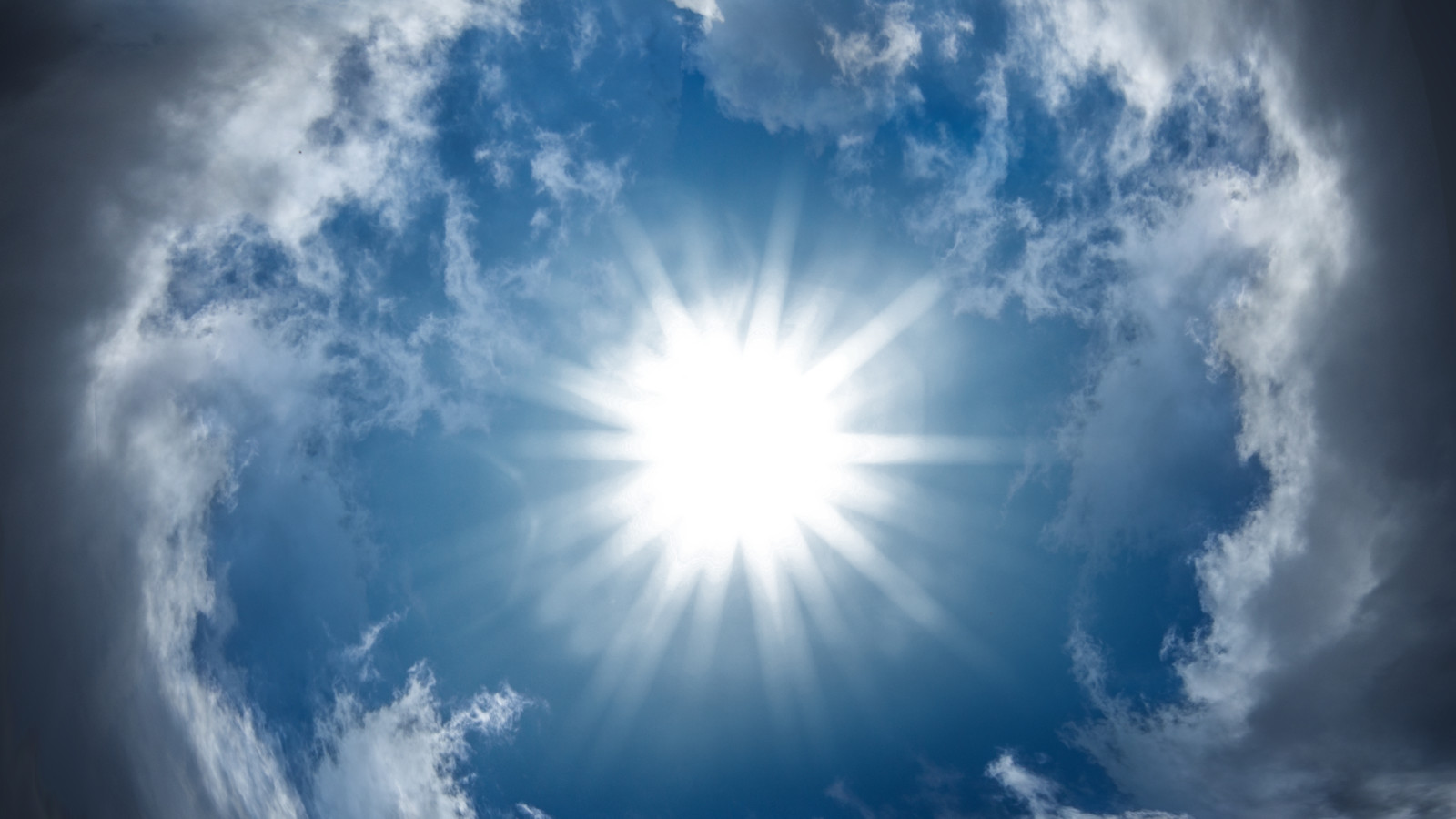Between quarantines, fears of new Covid strains, worldwide political and social protests, civil division, and all the ongoing drama, it goes without saying that we are all living in what seems like a never-ending storm of national and global turmoil.
Meanwhile, there are the regular, daily, at-home needs, frustrations, and disappointments we have personally in our lives (of course, along with all the upsides too!).
So, whether they are societal or personal struggles, it’s very easy to have expectations about how things should be, and to become angry when things turn out differently. I get it!
What if we could prevent all this expectation-related unease before it even begins, regardless of whatever might be whirling around us? Now, that would be a game-changer!
That would be like living in the eye of the storm.
Well, guess what? We CAN live in the eye of the storm!
How? By practicing non-attachment, one of the most significant transformative strategies I’ve learned in my adult life.

Let me explain….
In the past, I created havoc and stress for myself and those around me when life didn’t roll as expected. This was so exhausting and painful that I eventually sought out new ideas. (Over my lifetime, I have consistently found pain to be an invitation for new beginnings and change!)
At a yoga retreat, I learned two life-changing strategies. First, I learned to use mindfulness techniques to calm myself. And I use them to this day. But wait! There’s more!
Second, more importantly, I learned the philosophy of choosing not to have expectations for or attachments to an outcome. Yup, that’s right! No expectations. No attachments.
It is easier than you might think.
Honestly it’s downright liberating!
Here’s a simple way to explain how our desires unwittingly create suffering…
We all go through life with a series of expectations of how things should be.
These expectations involve people, situations, and/or material things. Whether we realize it or not, we often become attached to these expectations or outcomes.
What I mean by attached is that we feel like our happiness and sense of peace are completely dependent on these external things.
The question: How can we minimize the pain when things don’t go our way?
The answer: By using the profound life strategy of practicing non-attachment.
And here is what that means…
Practicing non-attachment is based on the awareness that no possession, relationship, or achievement is permanent or able to give lasting satisfaction.
No possession, relationship, or achievement is permanent or
able to give lasting satisfaction.
OTHERWISE, and listen carefully, as this is the key: Otherwise, our attachment sets us up to desire, expect, and obsess even more.
I’ll say this another way.
Material things, people, and situations are generally temporary and not guaranteed, and, when gone, they cause us to crave more, want more, and need more (sometimes at any expense).
So, simply, if we remove our attachments, we can limit the emotional fallout, including disappointment, obsessing, and even destruction to ourselves or others.
To approach life from a place of non-attachment, especially as you put new plans into motion (e.g., apply for a job, start a new relationship, etc.), I recommend that you keep in mind that multiple outcomes are possible, and trust that no matter the outcome, you are on the path to the best version of yourself. You could even go as far as to trust that the universe or your higher power is shifting your opportunities to support your highest good—even it means some doors close, and it feels painful along the way.
It is a total mindset. And I use it everyday.
Attachment sets us up to desire, expect, and obsess even more.
This is so integral to my life that I teach non-attachment practices to women who are interested in healing their minds, bodies, and spirits—taking their health and happiness to the next level.
In my experience, I have found that mindfulness allows me to understand a current situation more clearly and be better able to practice non-attachment.
Mindfulness allows me to understand a situation more clearly and be better able to practice non-attachment.
An example of something I’m dealing with right now is a lifelong attachment of mine, which is wanting to be settled in one house for my adult life. Unfortunately for me this has not played out, as we have moved 4 times in 30 years. Despite just getting settled in a relatively new home, the pandemic has my husband and me thinking we want to be closer to family, which means another move!
In the past, this would have sent me over the edge.
And while the idea of moving again does not sit well with me, my practices of non-attachment and mindfulness have helped me cope and maintain my peace of mind, despite the failed expectation. In fact, I look at moving as an opportunity, holding it with a clear mind and calm heart.
Practicing non-attachment is preventive medicine.
Practicing non-attachment offers me freedom to reframe a past struggle and convert it to an opportunity. This has been a profound transformation for me.
So, practicing non-attachment is a mindset that will never disappoint, will keep you from being pulled into desires and disappointments, and will allow you to live in the eye of the storm!
Written by Jill Rathburn, registered nurse, certified professional coach, bioenergetic health practitioner, and holistic health practitioner.


